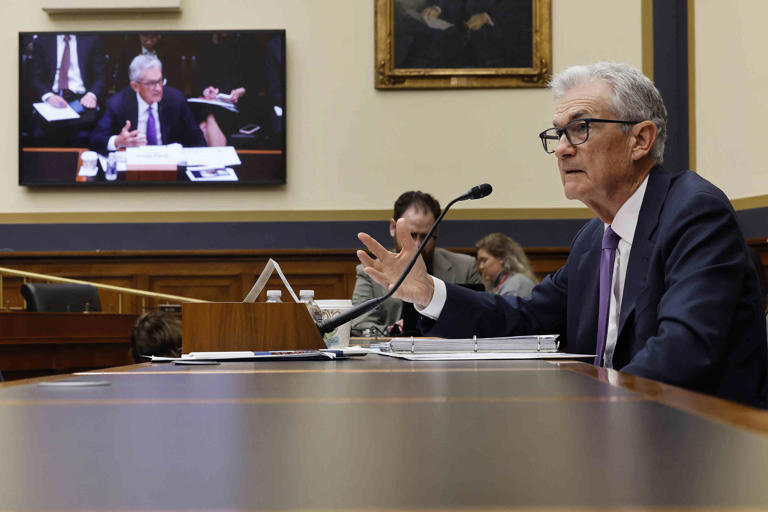The past two years have seen the Federal Reserve’s aggressive efforts to fight inflation, which has kept borrowing costs for mortgages and other loans high. In March 2022, the Fed embarked on a series of interest rate hikes, elevating the federal funds rate to its highest level in over two decades. This strategic move is designed to curb inflation, which peaked at 9.1% in 2022, by making borrowing more expensive. The goal is to discourage excessive spending and investment, thereby cooling the economy and bringing inflation closer to the Fed’s target of 2%.
The primary mechanism through which this strategy operates is by increasing the cost of credit. Higher interest rates mean that mortgages, auto loans, and other forms of borrowing become more expensive. This has particularly affected the housing market, where elevated mortgage rates have made home loans less affordable, thereby suppressing housing demand and reducing housing-related inflation. However, this also means that potential homeowners are finding it harder to afford properties, and existing homeowners with adjustable-rate mortgages are facing higher monthly payments.
The timeline for when borrowing costs might start to decline is uncertain and hinges on various economic indicators. The Federal Reserve has repeatedly emphasized a data-driven approach, indicating that they will consider lowering rates only when there is substantial evidence that inflation is consistently moving towards the 2% target. Fed Chair Jerome Powell and other officials have underscored the importance of monitoring economic data before making any decisions about rate cuts. This cautious approach aims to prevent a premature easing of monetary policy, which could undo the progress made in controlling inflation.
Some members of Congress, including Senator Elizabeth Warren, have been vocal in urging the Fed to cut rates to alleviate the financial burden on American households. They argue that the high interest rates are pushing up borrowing costs for mortgages, making it difficult for many Americans to afford homes. In a letter to Powell, Senators Warren and Jacky Rosen highlighted that housing-related inflation is directly impacted by high interest rates, suggesting that reducing rates would lower the costs of renting, buying, and building housing.
Despite these pressures, the Federal Reserve remains focused on its dual mandate of controlling inflation and supporting maximum employment. The Fed’s reluctance to cut rates prematurely stems from the risk that doing so could reignite inflation, undoing the progress achieved thus far. On the other hand, keeping rates high for too long could potentially slow the economy excessively and lead to a recession, characterized by widespread layoffs and economic hardship.
As Jerome Powell prepares to testify before Congress, he is expected to provide more insights into the Fed’s perspective on monetary policy and its future direction. His testimony will likely address the recent rise in the unemployment rate, which has reached its highest level since 2021, and how this might influence the Fed’s decisions regarding interest rates. Powell’s appearance before lawmakers will also be an opportunity to clarify the Fed’s stance on proposed regulations requiring banks to hold more capital—a measure criticized for potentially increasing borrowing costs for individuals and small businesses.
In conclusion, borrowing costs for mortgages and other loans are likely to remain high until the Federal Reserve is confident that inflation is firmly under control. The Fed’s cautious, data-dependent approach means that any decision to cut rates will be based on clear evidence of sustained progress towards the inflation target. Powell’s upcoming testimony will shed more light on the Fed’s assessment of current economic conditions and its plans for future monetary policy adjustments.
